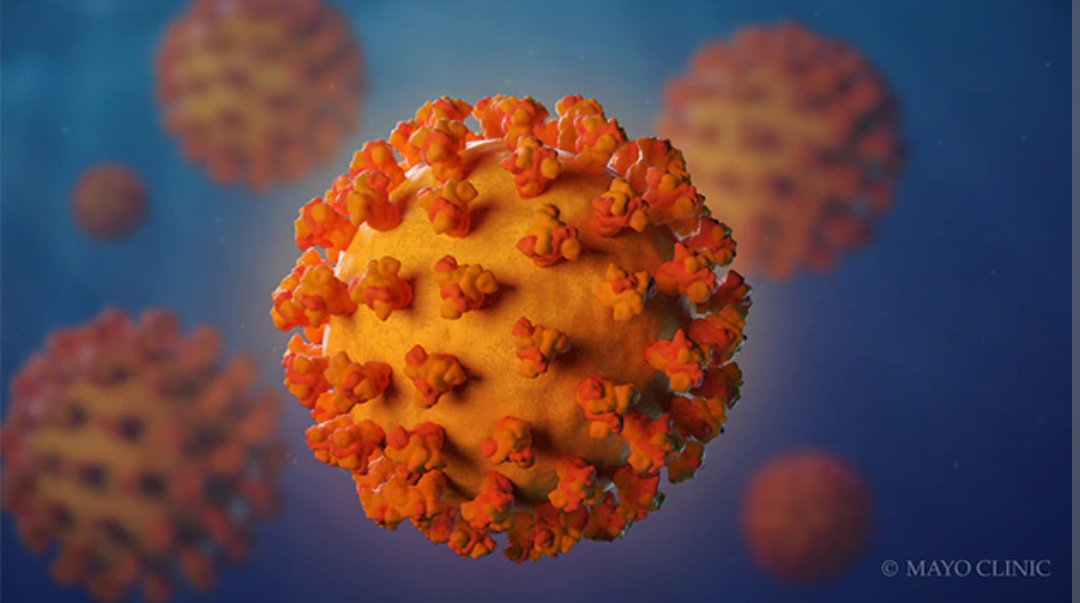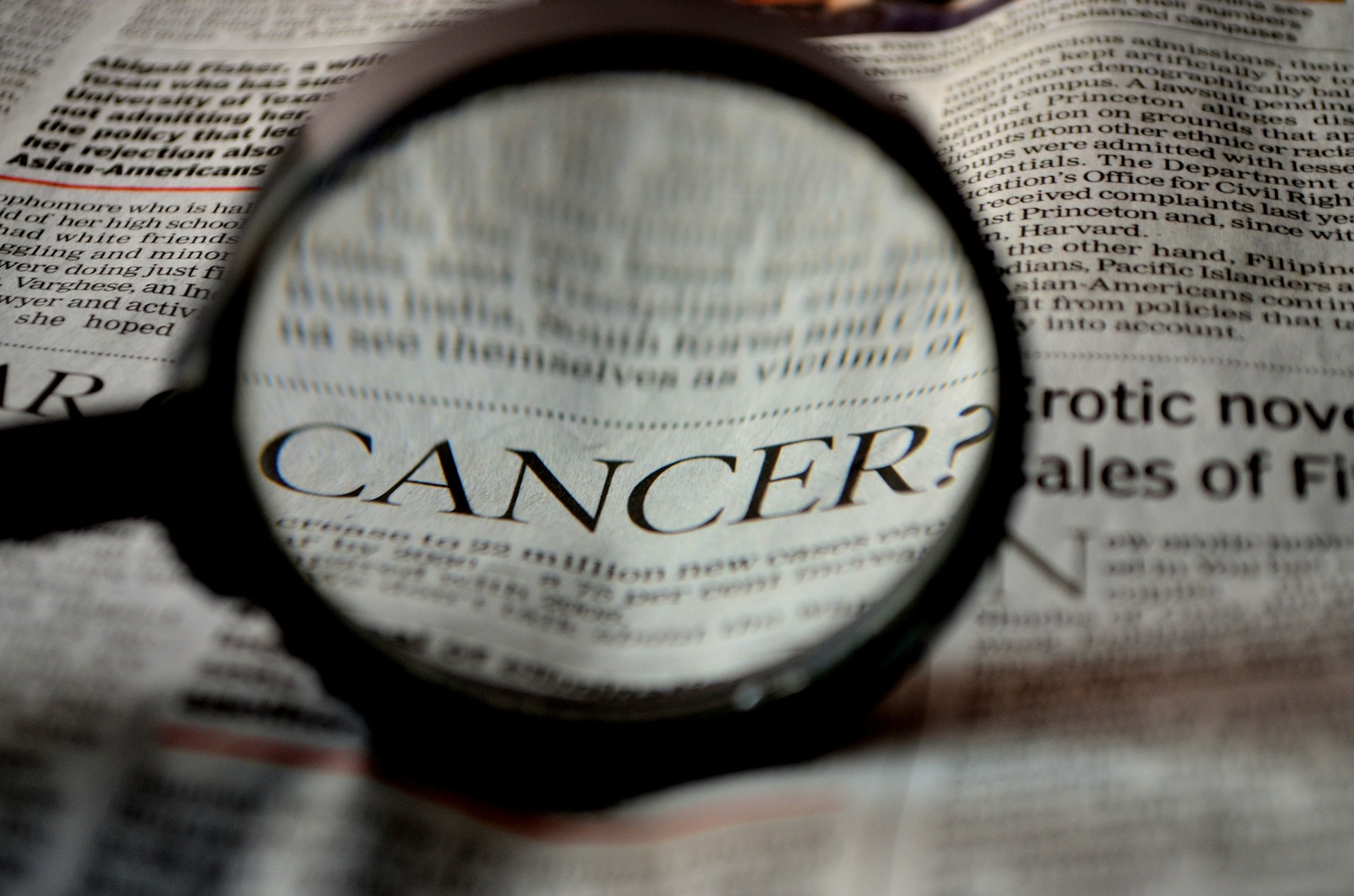
Hormone therapy – a new way of treatment breast cancer
It is important to know that hormone therapy is not hormone replacement therapy. it is not HRT.
Hormonal therapy is effective for hormone receptor-positive breast cancer. HRT is not a treatment for breast cancer, and HRT is considered relatively unsafe for women diagnosed with breast cancer. Hormonal therapy for breast cancer can prevent or slow down the growth of hormone-sensitive tumours. Sometimes, in addition to the main treatment for early breast cancer, doctors also use hormonal therapy. Breast cancer is the second most common cancer among American women. Any hormonal therapy for breast cancer will make the body lose the beneficial effects of estrogen. According to the National Cancer Institute, the 5-year survival rate for women with all breast cancers is 90.3%.
The incidence of hormone-sensitive cancer patients is slightly higher than that of patients without hormone-sensitive cancer. A 2017 study looked at clinical trials related to the use of this therapy to treat breast cancer. This kind of therapy has an impact. Side effects and risks, but a study shows that it can significantly reduce the number of breast cancer deaths and future recurrence rates. Hormone therapy is only effective for hormone-sensitive cancers. To find out whether hormone therapy is effective, doctors will examine tumour samples removed during surgery. See if cancer may be sensitive to hormones. After taking tamoxifen for 5 years after breast cancer surgery, the chance of cancer recurrence is halved.
Choosing hormonal therapy for breast cancer can be a difficult or even difficult decision. The intake may depend on whether you have gone through menopause before breast cancer treatment. Hormonal therapy for breast cancer; Hormonal therapy for breast cancer; Endocrine therapy; Hormone-sensitive cancer therapy; Active ER therapy; Endocrine breast cancer therapy for hormone receptors of metastatic breast cancer with aromatase inhibitor are all these indicators indicated in the American Society of Clinical Oncology manual. All tumours are tested for hormone receptors.
The pathologist examines the tumour tissue obtained during the biopsy to determine the status of the hormone receptor. Hormone receptor-positive (estrogen receptor-positive/progesterone receptor-positive) tumours express hormone receptors, so they have many hormone receptors. Receptor negative tumours (estrogen receptor-negative/progesterone receptor-negative) do not express hormone receptors. This means that they have few or no hormone receptors. Hormonal therapy is only used to treat hormone receptor-positive breast cancer. Most breast cancers have positive hormone receptors. Learning more about hormone receptor status are needed to this kind of treatment.
How does it work? Hormonal therapy drugs slow or prevent the growth of hormone-receptor-positive breast cancer in two ways: Some hormone drugs, such as tamoxifen, bind to the hormone receptors of cancer cells and prevent estrogen from binding to the receptors. Ovarian inhibitors and suppression will reduce the level of estrogen in the body, making cancer cells unable to obtain the estrogen needed for growth.
Advantages of hormonal therapy with tamoxifen and/or aromatase inhibitors can reduce the risk contralateral breast cancer recurrence and death from breast cancer ovarian suppression plus tamoxifen or aromatase inhibitor menopause Ex-women can further reduce these risks . Doctors classify hormone therapy according to the method of hormonal therapy



















